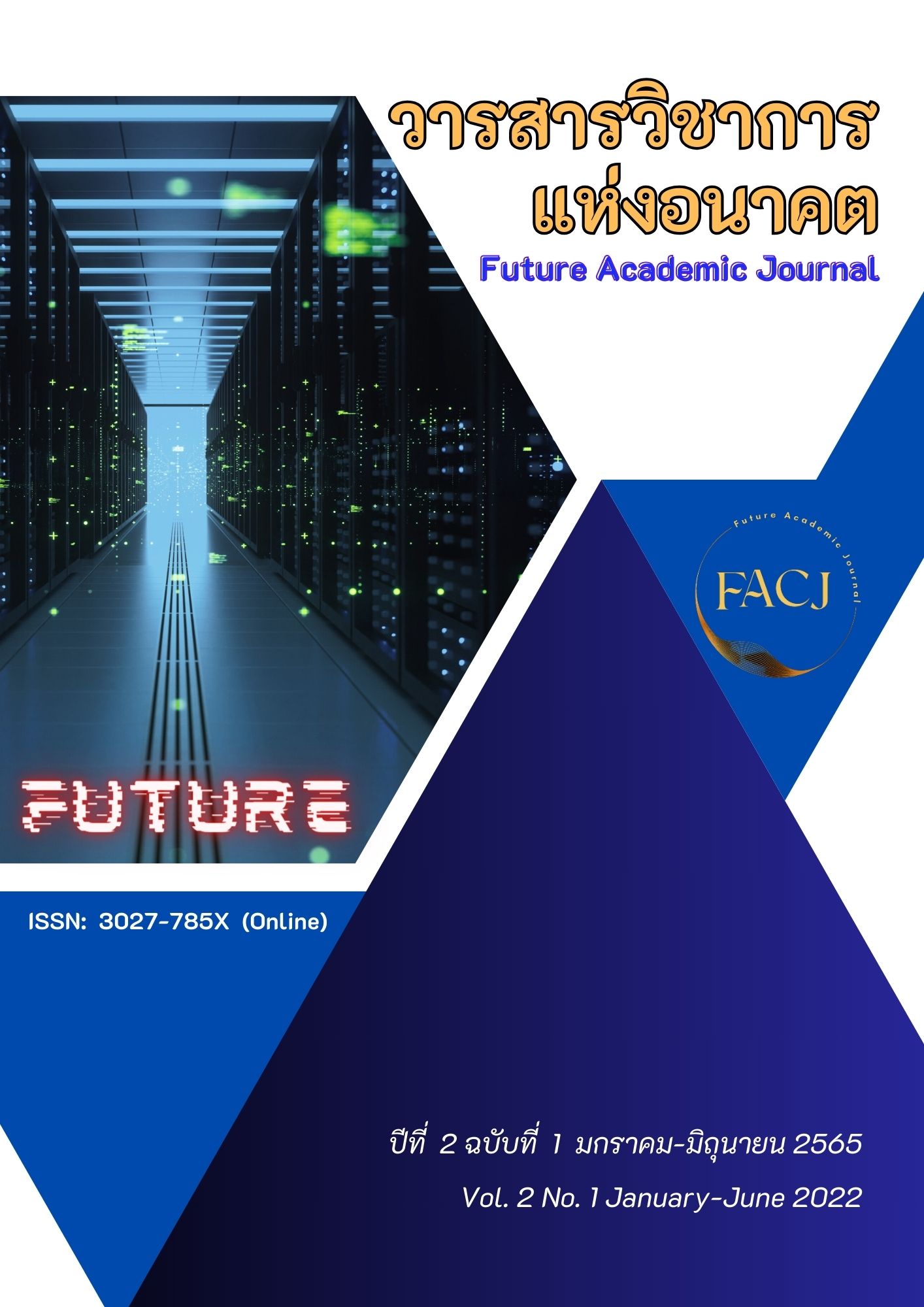Suppression of Sexual Abuse to Student in Schools in Accordance With Buddhist Approach
Main Article Content
Abstract
This research paper has three objectives: 1) to study the problem of sexual harassment in educational institutions; 2) to study Buddhist principles to prevent sexual harassment; Sex of students in Buddhist schools This was a qualitative research through in-depth interviews with the director of the moral teaching program in schools. Professionals, administrators, psychologists, faculty members of the Ministry of Education, universities, schools, as well as institutions, related organizations, 15 figures / person. The data analysis model was used to describe the data collected in research papers, research papers, articles, and interviews. Analyze ways to prevent sexual harassment in educational institutions.
The research results were found that Sexual harassment of students is likely to occur at all levels of school for 5 causes: 1. Psychological, 2. Regulation, 3. Pornography, 4. Environment and 5. Children. Student victim In terms of Buddhism, the cause of sexual harassment is 1. Lust 2. Lack of shame and fear of sin 3. Lack of consciousness. Therefore, the Buddhist deterrence approach to solving the problem of sexual harassment, students use Buddhist principles, which are the consciousness and the hirotapapa. To be a deterrent in the school, it is necessary to use the power of Buddhism to help strengthen the state of mind, supervise and control in order to stop wrongdoing in the school by using Buddhist principles to be involved.
Article Details

This work is licensed under a Creative Commons Attribution-NonCommercial-NoDerivatives 4.0 International License.
References
มหาจุฬาลงกรณราชวิทยาลัย.(2539). พระไตรปิฏกภาษาไทย ฉบับมหาจุฬาลงกรณราชวิทยาลัย. กรุงเทพฯ: มหาจุฬาลงกรณราชวิทยาลัย.
ดวงเดือน พันธุมนาวิน. (2550). ปกกฎหมายกับพฤติกรรมเชิงจริยธรรม. วารสารพัฒนาสังคม, 9 (1), 1-29.
ดำรัส อ่อนเฉวียง.(2558). ภัยจากสื่อลามกที่มากับเทคโนโลยีสารสนเทศ. วารสารวิชาการมหาวิทยาลัยธนบุรี, 9(20), 87-98.
พระพรหมคุณาภรณ์ (ป.อ.ปยุตฺโต). (2559). พจนานุกรมพุทธศาสตร์ ฉบับประมวลธรรม. พิมพ์ครั้งที่ 34. กรุงเทพฯ: มหาวิทยาลัยมหาจุฬาลงกรณราชวิทยาลัย.
พระพรหมคุณาภรณ์ (ป.อ.ปยุตฺโต). (2557). พุทธธรรม ฉบับปรับขยาย. พิมพ์ครั้งที่ 39. กรุงเทพฯ: มหาวิทยาลัยมหาจุฬาลงกรณราชวิทยาลัย.
พระราชบัญญัติระเบียบข้าราชการครูและบุคลากรทางการศึกษา พ.ศ.2547 แก้ไขเพิ่มเติม (ฉบับที่ 2) พ.ศ.2551 และ (ฉบับที่ 3) พ.ศ.2553. ราชกิจจานุเบกษา. วรรค 3.
ศูนย์เฉพาะกิจคุ้มครองและช่วยเหลือเด็กนักเรียน. (2558). แนวทางการป้องกันและช่วยเหลือปัญหาทางเพศของเด็กและวัยรุ่น. กรุงเทพฯ: สำนักงานพระพุทธศาสนาแห่งชาติ.
อรพินทร์ ชูชม. (2555). ปัจจัยเชิงเหตุและผลของภูมิคุ้มกันทางจิตของเยาวชน. วารสารพฤติกรรมศาสตร์ มหาวิทยาลัยศรีนครินทรวิโรฒ, 18(2), 1-15.


